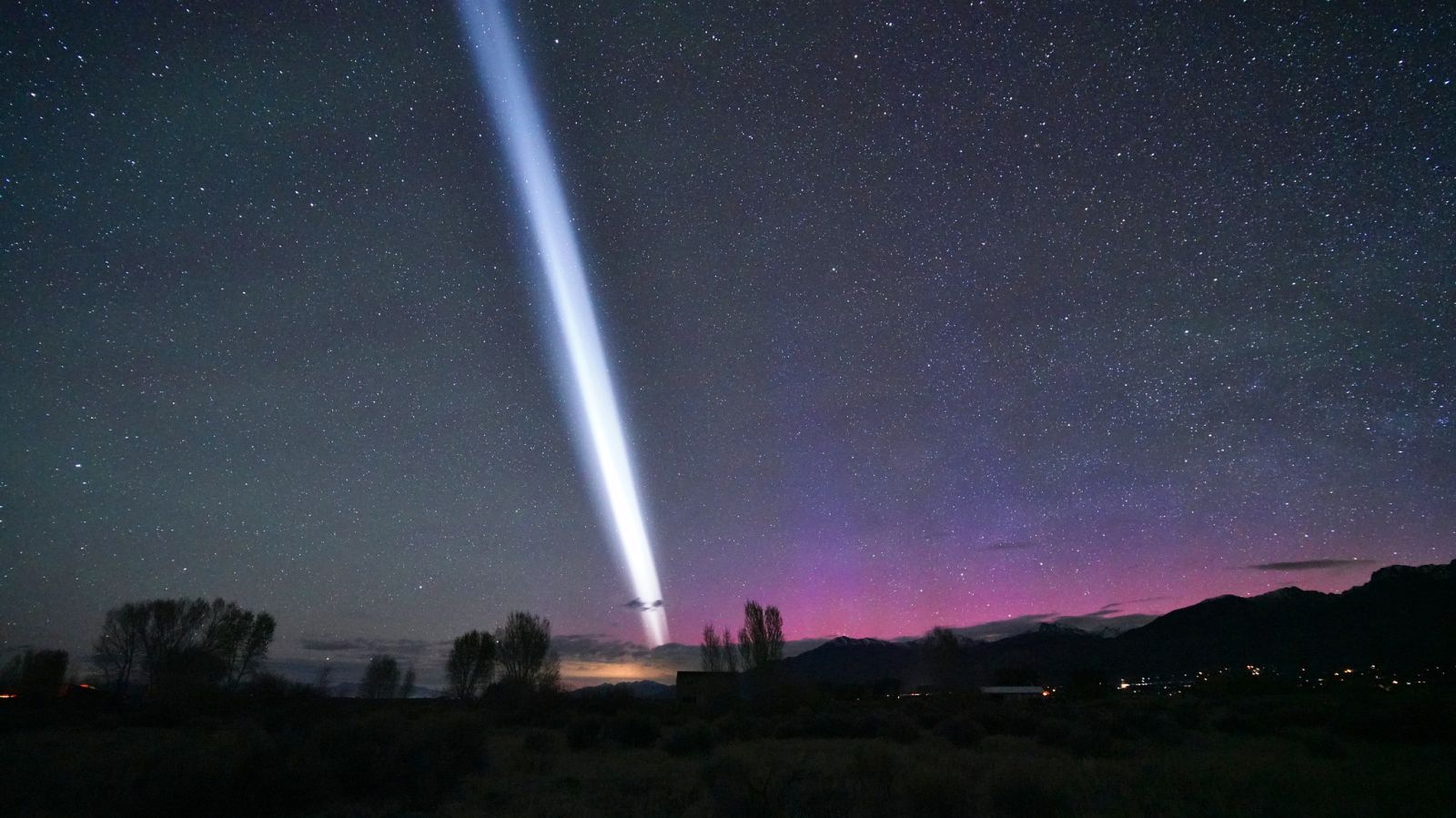Follow us on Google News (click on ☆)
The origin of this unusual glow was quickly—and mistakenly—attributed to a well-known but rarely observed space phenomenon. While the auroras resulted from an unexpected geomagnetic storm, the white trail had a more terrestrial explanation, linked to human activities in orbit.
A solar storm with unexpected consequences
The northern lights on May 17 were triggered by a coronal mass ejection (CME) that occurred four days earlier. Although predicted to miss Earth, part of the particle cloud grazed our magnetosphere, generating polar lights visible as far south as the United States.
Photographs taken by Mike Lewinski from Colorado show the colorful bands typical of auroras. However, around 11:30 PM, an intense white trail streaked across the sky, immediately drawing attention. This appearance was initially compared to a "Steve," a luminous phenomenon distinct from auroras, but this hypothesis was quickly ruled out.
Analysis of orbital trajectories revealed that the trail matched the passage of an upper stage of a Chinese rocket. The Zhuque-2, launched an hour earlier from the Jiuquan base, had performed a fuel dump maneuver at an altitude of 250 km (155 miles), creating this spectacular glow.
Space activities, new sources of celestial wonder
Observations by Jonathan McDowell confirmed that the white trail resulted from a release of methane and liquid oxygen by the rocket. These compounds, reacting with the ionosphere, produced a luminescence visible from the ground.
This phenomenon is not isolated. SpaceX launches have already generated intriguing luminous spirals. With the rise of methane-powered rockets, these displays could multiply, offering amateur astronomers new subjects for observation.
Photographs by Derick Wilson in New Mexico and Tyler Schlitt in Kansas attest to the exceptional brightness of the event. These observations remind us that space exploration is also altering our perception of the night sky.
